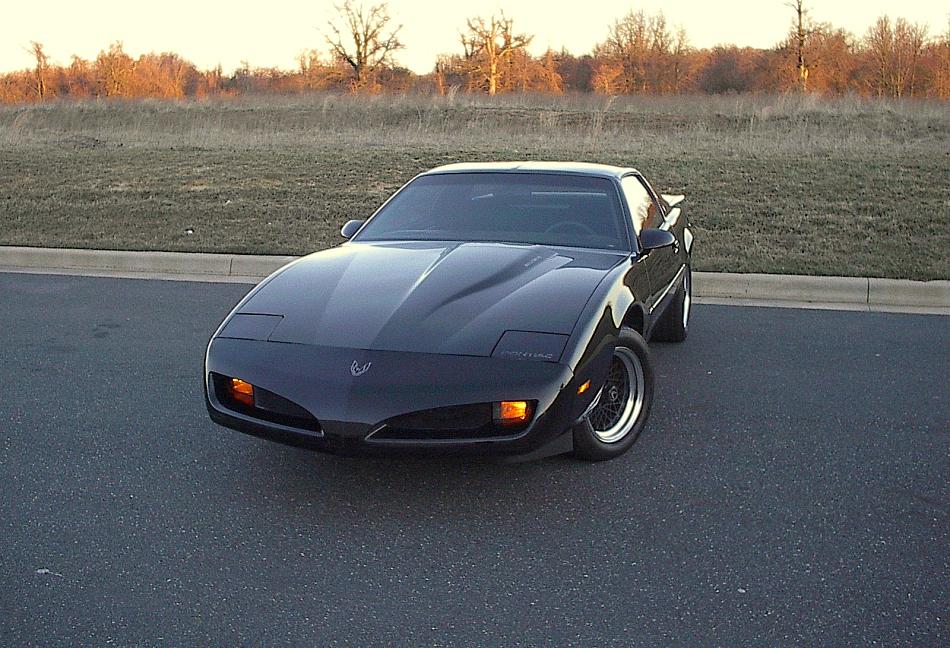According to the service manual,
[a] fifteen micron fuel filter is used in the fuel feed pipe ahead of the fuel injection system and mounted directly in front of the rear axle. The filter housing is constructed of steel with threaded Fittings at both ends. The fittings are sealed with O-rings. The filter element is made of paper, and is designed to trap particles in the fuel that may damage the injection system.This should apply to all engines (3.1L, TBI, TPI).
So, at least a 15 micron filter is required, and it should somehow connect to the AN plumbing that will be used at the TBI unit. A reasonable price and availability of replacement filters / elements would also be nice. The Wix filter is even rated at 4 micron.
I actually sacrificed two days from my life trying to find a suitable filter. The local supplier's knowledge and/or motivation on this matter proved practically non-existent, and the manufacturer's specs aren't always clear either.
The Fuelab 8183X series have male AN fittings and use a disposable, 6 micron, fiberglass, E85-compatible element. This would seem optimal, but a bit pricey. They go for around €140 at turbozentrum.de, and replacement elements are about €33.
Summit Racing sells filters by Russell performance with 10 micron paper elements. Filters go for around $75 (about €130 including delivery & customs), replacement elements for about $23. Only Summit and a random magazine article claim that they're E85 compatible; Russell's own web pages or catalogs don't mention it at all.
The Magnafuel inline filters claim Ethanol compatibility, but the marketing text is ambiguous. The filters have metal elements down to 25 micron, and the 10 micron model has a paper element. The chapter where the compatibility claim is made refers to a "[choice] between 75 and 25 micron filters", and the 10 micro model only appears in the product listing. Their PDF catalog has the same text, but doesn't list the 10 micron filter at all. One could read this either way; I'd rather not reward such ambiguity.
The SX Performance 41002 is available for $91 and includes a 10 micron paper element, but the brand seems a bit obscure -- how long will replacement elements be available?
AES Performance sells an element w/ NPT fittings for $50 on eBay. Cheap, but likewise a small company.
Finally, I went for a Golan "40 - Large" filter, $85 from Jay Racing. Express Mail International shipping was $59,40, total w/ VAT & customs will likely be around €150 ($185). It has AN-8 fittings (AN-6 was out of stock) and a washable metal element, and the company's propaganda was convincing enough. Here's one installation (scroll down to bottom), and some people having (scary) issues w/ the Golan filter. Hopefully these are just, eh, individual cases.
There's some generic talk on E85 filters here and here.
Also, there are 40 micron filters available for $19 at anfittingsdirect.com with a cleanable, reusable bronze element, suitable for pre-pump use.
































 (ribetautoparts.com)
(ribetautoparts.com)








